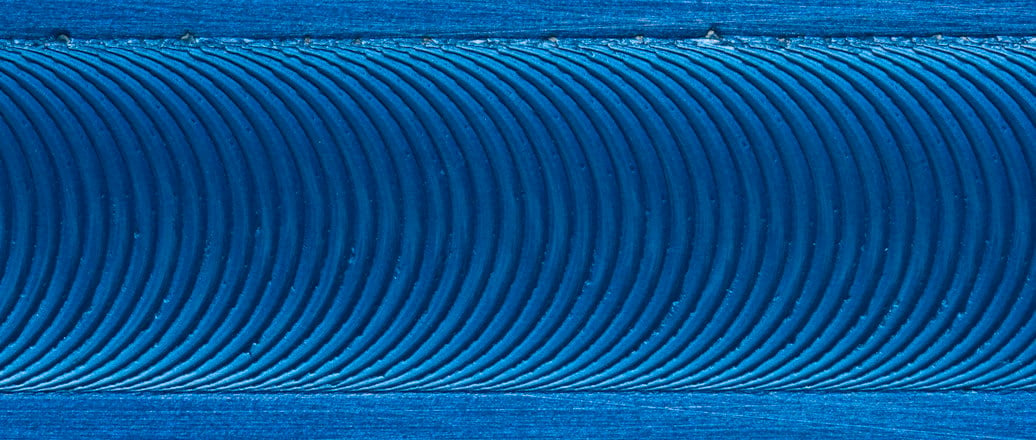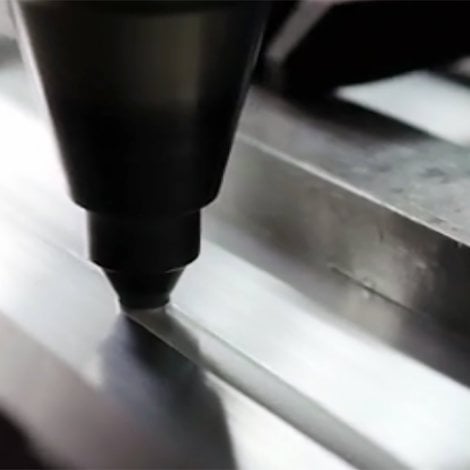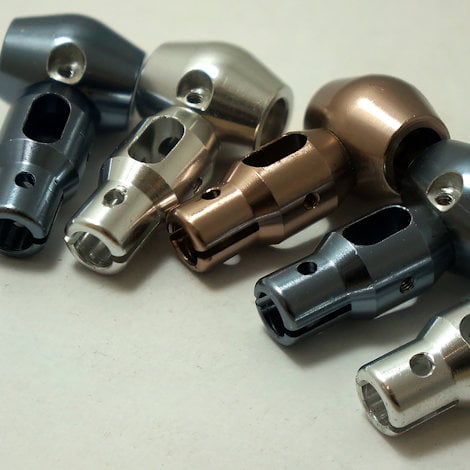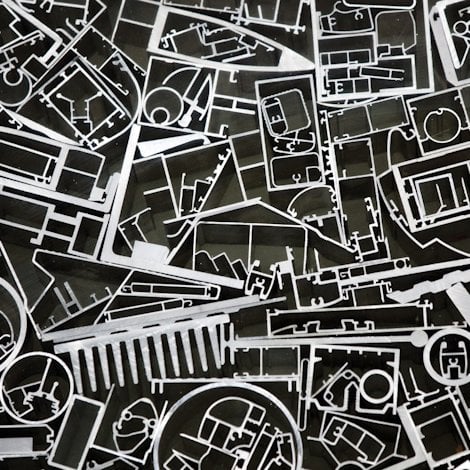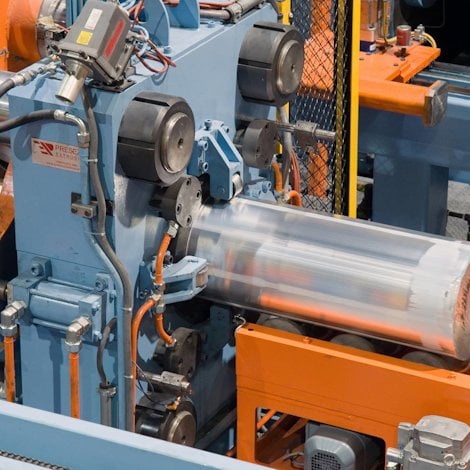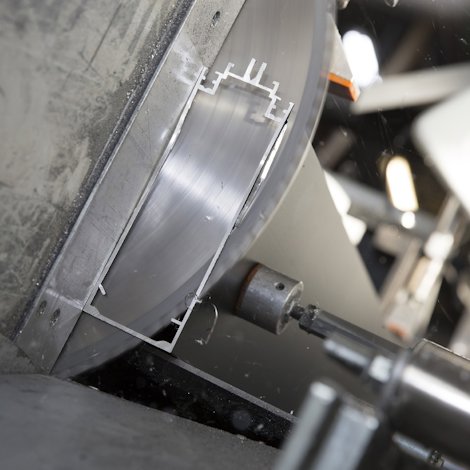With aluminium, comparing friction stir welding with fusion welding
Fusion welding is a fine joining process for aluminium. But friction stir welding (FSW) is probably a little more efficient in certain applications, and I will explain why.
A comparison of the two joining processes shows that friction stir welds are stronger and they are flush with the parent material. They have improved sealing with void-free and leak-proof joints, and they provide tight tolerances due to reduced heat distortion.
Here are some of the details that I believe you will find interesting when comparing the processes.
- Weld performance. The tensile strength performance of friction stir welded aluminium alloys is superior to fusion welding, with joint efficiencies measuring 83% or higher. Data also shows that the performance of friction stir welds in aluminium alloys is superior to that of fusion processes in terms of fatigue. In addition, FSW displays a high degree of repeatability, with low scatter in the data. Experience and extensive testing show that a FSW joint is usually stronger than a fusion weld.
- Weld structure. Apart from the performance difference, there are also visual differences between FSW and fusion welds. Viewed from the cross-section, the MIG weld builds up. The filler material has a different chemical composition compared to the parent material. Meanwhile, the FSW weld is in principle flush with the material which is being welded. No filler material is used.
- Corrosion resistance. Corrosion resistance of FSW welds in common 5xxx and 6xxx aluminium alloys is comparable to the parent material and often exceeds that of fusion welds. This is related to a finer microstructure, absence of porosity and no addition of other materials (filler). Tests of friction stir welded 6082 performed by Hydro revealed that, after 1,000 hours of SWAAT testing, neither yield nor ultimate strength were affected. Through the correct control of the FSW parameters, this performance can even be improved. Variation of welding speed and tool rotation can have a positive impact on the corrosion resistance in the weld.
Those are the key points, but friction stir welding provides other benefits, too. One is that you achieve minimal distortion after welding compared to fusion welding. Another is simply the end result, with FSW giving you a nice flat surface with little-to-no need for grinding or brushing.
Lastly, this is a full-to-half automated process that reduces man-hours in the shop for welding and assembly.

